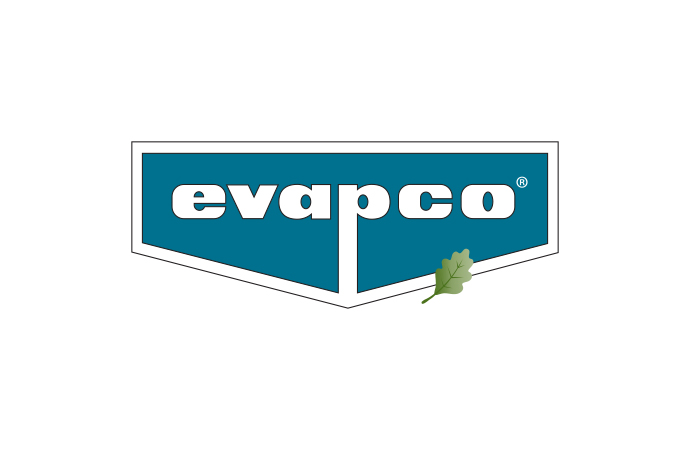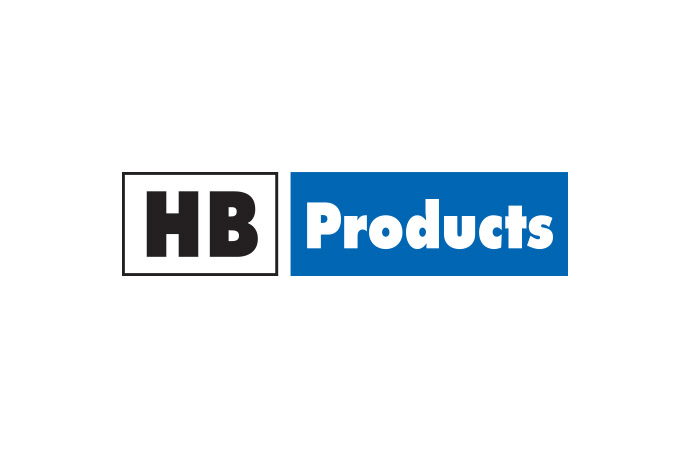In part two of our interview, Mr. Rosenbusch and Mr. Badger speak about sector demands and trends in the use of ammonia in industrial refrigeration as well as global opportunities in the cold chain industry, with a particular focus on India and China.

ammonia21: Global Cold Chain Alliance (GCCA) is in a unique position as a facilitator of cold-chain best practice and alliance. What are the trends that you are seeing in the refrigeration practices in the industry among your members?
Corey Rosenbusch: What we have seen is that, particularly in this economy, members are much more focused on how to operate their systems efficiently – looking to see how they can save on energy costs. We found that there is an increased interest in working with outside consultants and experts to help them ‘tune’ their refrigeration systems to make sure that it is operating at its optimal effectiveness.
We have seen some new construction installing cascade refrigeration systems, which use both carbon dioxide and ammonia. These type of systems can allow operators to mitigate some of the regulations that surround ammonia refrigeration while maintaining its efficiency.
ammonia21: Your membership represents companies that globally support around 95 percent of the perishable food industry. Is there a particular sector that is seeing an increased demand for ammonia education and/or use? Same question for IIAR.
Rosenbusch: We’ve seen an increased demand from the refrigeration warehousing community. It is really a bottom line issue for them where cost is a big consideration. Being green or environmentally friendly is also a good business decision for them so that has driven interest.
Bruce Badger: More than 90% of GCCA member companies use ammonia or ammonia/CO2 cascade refrigeration systems. Certainly that figure will increase as facilities using R22 refrigerant will have to select an efficient, low cost and environmentally friendly alternative refrigerant. It is, therefore, even more important that we provide ready access to training and other educational materials and programs for those companies deciding to use ammonia and CO2.
ammonia21: It seems that the GCCA is paying increasing attention to India, which has become one of the world’s leading food-producing nations. For example, a high-level GCCA delegation visited India in November 2010 to help advance new programmes and technology to improve cold chain operations. What opportunities do you see for the industry in India and what other activities is the GCCA planning in country? Same question to IIAR.
Rosenbusch: There is a great deal of cold chain activity going on India right now. Industry and government in India are working to improve food safety, standards, and worker safety. While you still may not find the level of standards or safety that you would in Europe, Australia, or the United States, there is a keen desire to improve and strengthen the cold chain in that country. GCCA believes that we can have a major impact on the cold chain in India. We are starting by partnering with some of our multi-national members investing in India to educate and train their workforce. In addition, our office in India is now developing their third annual India Cold Chain Expo, slated for late 2011, which features a 50-booth expo and educational seminars.
In emerging or developing markets there is a general concern about using ammonia. However, it is the most efficient refrigerant, so some of the concerns about the danger are something we have to educate them on. It takes education.
Badger: The IIAR is working directly with corporations and associations in India to assist them in their efforts to increase the safe and efficient use of natural refrigerants. There will be several industry representatives from India attending the IIAR Annual Conference in Orlando, Florida beginning March 27th. We look forward to meeting these representatives as well as IIAR members from more than 30 countries that have registered to attend the Conference. More information about IIAR Policies and the Annual Conference is available at www.iiar.org.
ammonia21: In what other countries/regions do you see increasing opportunities for the cold chain industry?
Rosenbusch: China and India are booming. This is where we are anticipating a very large growth rate in the temperature-controlled logistics industry over the next decade, so we have seen a lot of opportunity for both domestic and international companies in these two markets.
I would say, however, that China is developing faster than India. India is a harder country to enter and a lot of their cold storage is dominated by small-scale producer cold rooms, so we are not talking about large-scale industrial warehouse facilities using industrial refrigeration technology.
Our industry is taking a much more aggressive, faster approach to investing in China. We already have a number of non-Chinese international companies that are operating in China – many just recently starting operations.
ammonia21: Mr. Rosenbusch and Mr. Badger, thank you very much for your time.
Rosenbusch: Certainly. It was my pleasure.
Badger: We appreciate the opportunity to respond to the issues you raised.
Corey Rosenbusch: What we have seen is that, particularly in this economy, members are much more focused on how to operate their systems efficiently – looking to see how they can save on energy costs. We found that there is an increased interest in working with outside consultants and experts to help them ‘tune’ their refrigeration systems to make sure that it is operating at its optimal effectiveness.
We have seen some new construction installing cascade refrigeration systems, which use both carbon dioxide and ammonia. These type of systems can allow operators to mitigate some of the regulations that surround ammonia refrigeration while maintaining its efficiency.
ammonia21: Your membership represents companies that globally support around 95 percent of the perishable food industry. Is there a particular sector that is seeing an increased demand for ammonia education and/or use? Same question for IIAR.
Rosenbusch: We’ve seen an increased demand from the refrigeration warehousing community. It is really a bottom line issue for them where cost is a big consideration. Being green or environmentally friendly is also a good business decision for them so that has driven interest.
Bruce Badger: More than 90% of GCCA member companies use ammonia or ammonia/CO2 cascade refrigeration systems. Certainly that figure will increase as facilities using R22 refrigerant will have to select an efficient, low cost and environmentally friendly alternative refrigerant. It is, therefore, even more important that we provide ready access to training and other educational materials and programs for those companies deciding to use ammonia and CO2.
ammonia21: It seems that the GCCA is paying increasing attention to India, which has become one of the world’s leading food-producing nations. For example, a high-level GCCA delegation visited India in November 2010 to help advance new programmes and technology to improve cold chain operations. What opportunities do you see for the industry in India and what other activities is the GCCA planning in country? Same question to IIAR.
Rosenbusch: There is a great deal of cold chain activity going on India right now. Industry and government in India are working to improve food safety, standards, and worker safety. While you still may not find the level of standards or safety that you would in Europe, Australia, or the United States, there is a keen desire to improve and strengthen the cold chain in that country. GCCA believes that we can have a major impact on the cold chain in India. We are starting by partnering with some of our multi-national members investing in India to educate and train their workforce. In addition, our office in India is now developing their third annual India Cold Chain Expo, slated for late 2011, which features a 50-booth expo and educational seminars.
In emerging or developing markets there is a general concern about using ammonia. However, it is the most efficient refrigerant, so some of the concerns about the danger are something we have to educate them on. It takes education.
Badger: The IIAR is working directly with corporations and associations in India to assist them in their efforts to increase the safe and efficient use of natural refrigerants. There will be several industry representatives from India attending the IIAR Annual Conference in Orlando, Florida beginning March 27th. We look forward to meeting these representatives as well as IIAR members from more than 30 countries that have registered to attend the Conference. More information about IIAR Policies and the Annual Conference is available at www.iiar.org.
ammonia21: In what other countries/regions do you see increasing opportunities for the cold chain industry?
Rosenbusch: China and India are booming. This is where we are anticipating a very large growth rate in the temperature-controlled logistics industry over the next decade, so we have seen a lot of opportunity for both domestic and international companies in these two markets.
I would say, however, that China is developing faster than India. India is a harder country to enter and a lot of their cold storage is dominated by small-scale producer cold rooms, so we are not talking about large-scale industrial warehouse facilities using industrial refrigeration technology.
Our industry is taking a much more aggressive, faster approach to investing in China. We already have a number of non-Chinese international companies that are operating in China – many just recently starting operations.
ammonia21: Mr. Rosenbusch and Mr. Badger, thank you very much for your time.
Rosenbusch: Certainly. It was my pleasure.
Badger: We appreciate the opportunity to respond to the issues you raised.
MORE INFORMATION
Related stories

_1475587414.png)














_1522327086.png)





